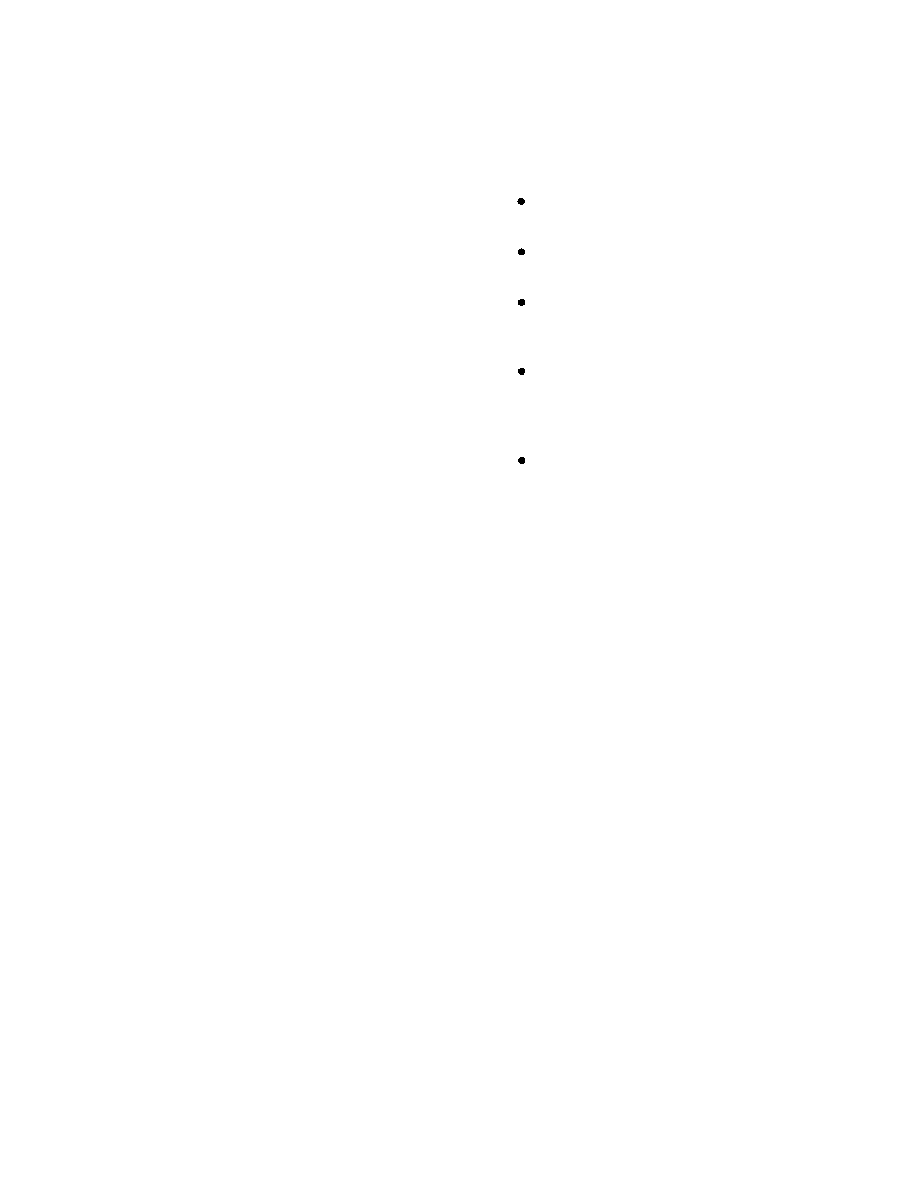
DOFMaster
for Windows
On-line
Depth of Field
Calculator
DOFMaster for Mobile Devices
On-line
Depth of Field
Table
Hyperfocal
Distance Chart
Articles
FAQ
Recommended
Books
Support
Contact
Links
Home
for Windows
On-line
Depth of Field
Calculator
DOFMaster for Mobile Devices
On-line
Depth of Field
Table
Hyperfocal
Distance Chart
Articles
FAQ
Recommended
Books
Support
Contact
Links
Home
As an Amazon Associate I earn from qualifying purchases.
![]()
film usually produces slides with too much blue or green
when made with fluorescent light.
light in fluorescent lamps. Always consult the
buildings, signs, and streetlights. Pictures of outdoor
scenes are quite easy to make because good results are
obtainable over a wide range of exposures. Using short
exposures emphasizes well-lit areas by preserving the
because of underexposure. Long exposures help retain
the detail of the dark areas, while highlight detail is lost
because of overexposure.
camera position. The best meter reading results are
obtained when you take closeup readings of important
scene areas.
daylight film have a warm, yellow-red appearance.
look; however, both films provide pleasing results, so it
is a matter of personal preference which you use.
at dusk gives a dramatic background to your pictures.
Neon signs, streetlights, and building lights make bright
subjects for your pictures. At night, right after it stops
raining and everything is still wet, is another good time
to make outdoor pictures. The lights in the scene
produce many colorful reflections on the wet pavement,
adding interest to what may otherwise be a lifeless, dull
picture.
the hangar doors open. Also, your ship at night,
especially a rainy night may make a very striking
picture.
subjects for existing light pictures. Most sports stadiums
lamps that look blue-green in color when compared to
tungsten lamps. Your best color pictures made under
mercury-vapor lighting will be shot on daylight color
film, although they will appear bluish green because the
lights are deficient in red.
wide apertures required for existing light
photography.
combination of light sources, use the type of
color film recommended for the predominant
light source.
on a tripod, focus at infinity, and aim the camera
toward the sky area where the display will take
place. Open the shutter for several bursts.
piece of photographic equipment. With fast films and
pictures, providing your subject remains still long
enough. Although you can certainly get better lighting
control with elaborate photographic lights, the
simplicity and portability of electronic flash is
unbeatable.
daylight-balanced film. Light from an electronic flash
unit (strobe) is characterized by softness, short duration,
and color balance, approximating that of daylight.
value that can be converted directly into a flash guide
number. The numerical value is the light output rating
of an electronic flash unit measured in beam
candlepower-seconds (BCPS) or more correctly,
effective candlepower-seconds (ECPS).
higher the guide number, the greater the light output.
Guide numbers for various film speeds are usually
Basic Photography Course

As an Amazon Associate I earn from qualifying purchases.
WWW.DOFMASTER.COM
© 2006 Don Fleming. All rights reserved.
© 2006 Don Fleming. All rights reserved.